I want to talk about flags, in particular flags that are no longer used. Why? This pains me to admit, but Sheldon Cooper and I have many things in common; and one of them is vexillology. If you’re not familiar with the term, you will be familiar with what it actually means: the study or love of flags.
When talking about myself, I don’t have an elephant in the room; I have a herd of them. However one of those elephants is all about flags. It’s not really the source of conversation for a first date, is it? Or the second, or the third, or the fourth.
I remember eventually explaining my love of flags to my future wife, like I was confessing that I had a window licking habit. Her response was something along the lines of, “I didn’t know that about you, though it does make sense. I knew there would be more stuff. I knew it.”
I’m not an expert on flags, far from it. Though I do like learning about them and trying to identify them as much possible. Please remember I am a geek, and I have been very upfront about that from Day One. That fact that the title of my blog is called, Some Geek Told Me, is a huge red flag.1
Because of this, I thought I’d talk about some countries that have changed their national flag. There could be many different reasons for the change, from social, political, or cultural issues, or maybe someone smeared tomato sauce on it, so they needed to redesign it.
The point is a country changing their national flag, happens a lot more than you realise. I’m going to list some of the most famous national flag changes in the world, but as usual, there are some exemptions. I am not going to discuss a country’s flag change, where it has gone back to using the original version like Russia-USSR-Russia. What I’m talking about is a completely new design for a country’s flag, that is still being flown today.
Canada
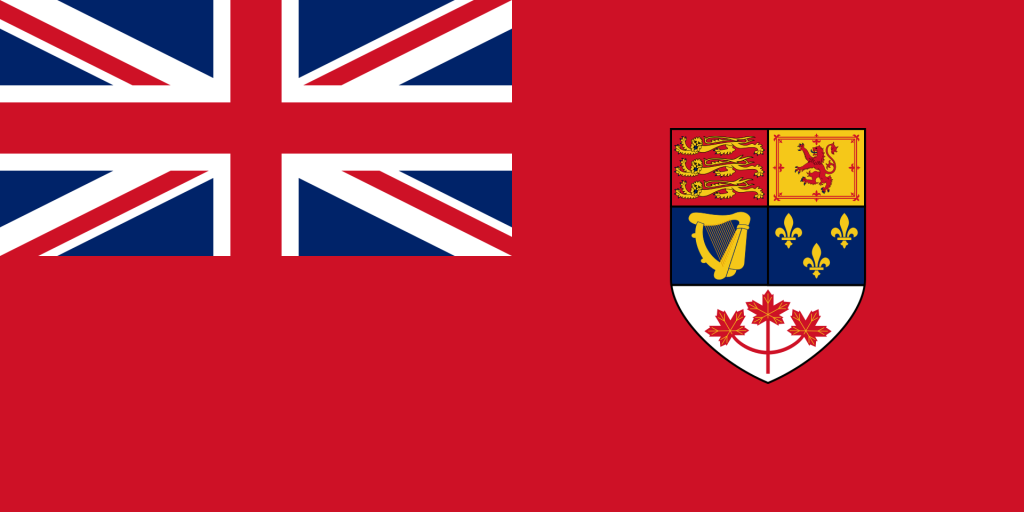
The Canadian Red Ensign served as the unofficial national flag and symbol for Canada throughout the years, from as early as 1868. Canada had gone through several versions of this flag, with small differences with each one.
However there had been a call for an official flag of Canada to actually exist for decades, so during 1963-1964, the Great Canada Flag Debate was born. During this time, a new design for the flag was sought and after 3,541 entries, a winner was eventually found. On 15th February, 1965, the “Maple Leaf” flag was inaugurated as the official of flag of Canada. This flag could never be mistaken for belonging to another country, other than Canada.
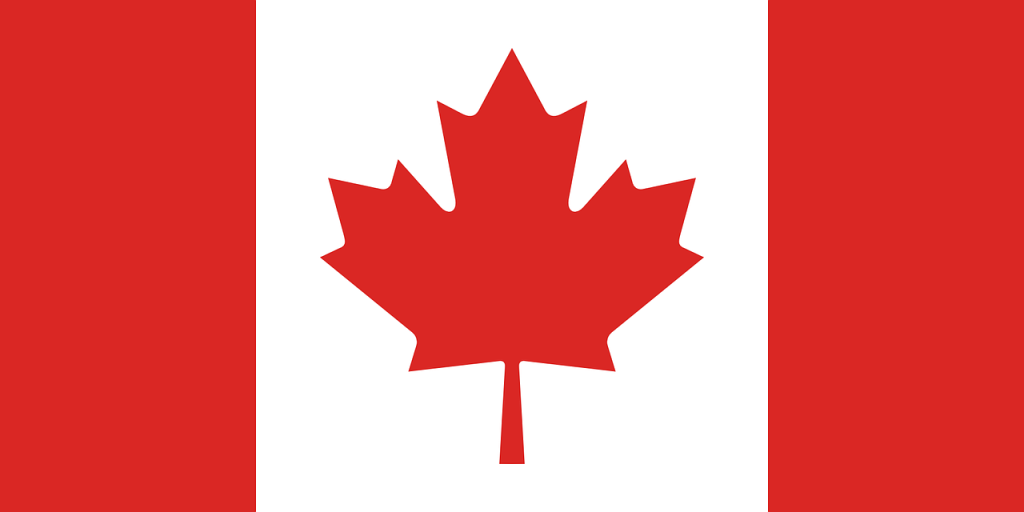
South Africa
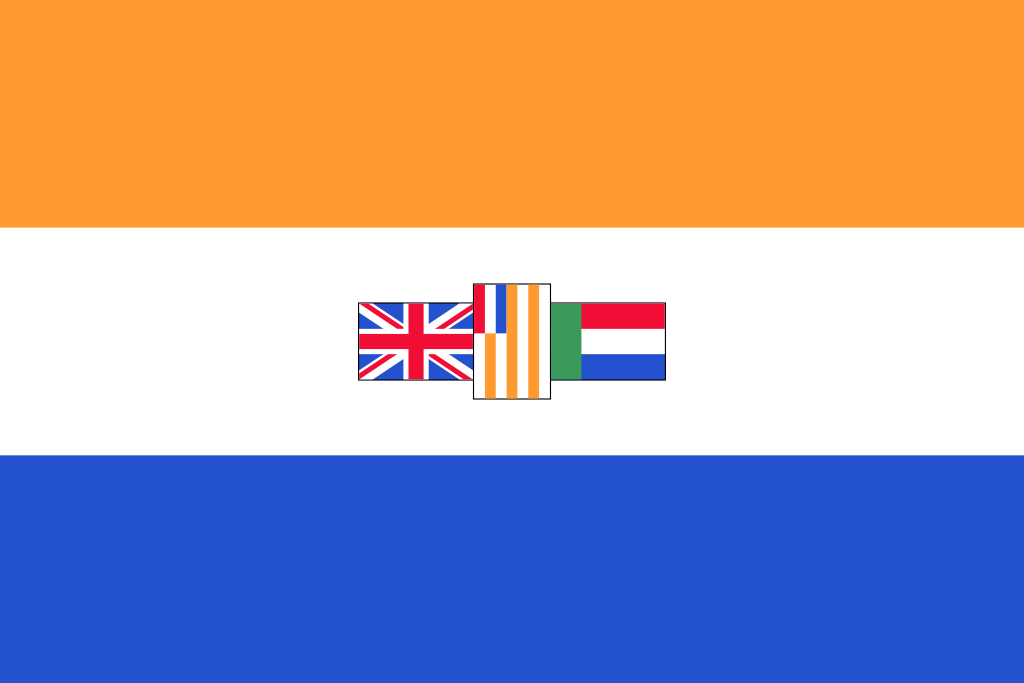
Just like the different flags throughout Canada’s history, South Africa has gone through many versions. This changed in 1928, when the country adopted the Union of South Africa flag. The problem with this flag is that it’s tied to the Apartheid system that the South African government used, which was based on racial segregation.
With the end of Apartheid, a new flag was purposed for the country to move past the injustices, and look towards a brighter tomorrow. Over 7,000 entries were received and on the day of the 1994 South African general election; the first general election open to citizens of all races, the famous Rainbow Flag was first flown.
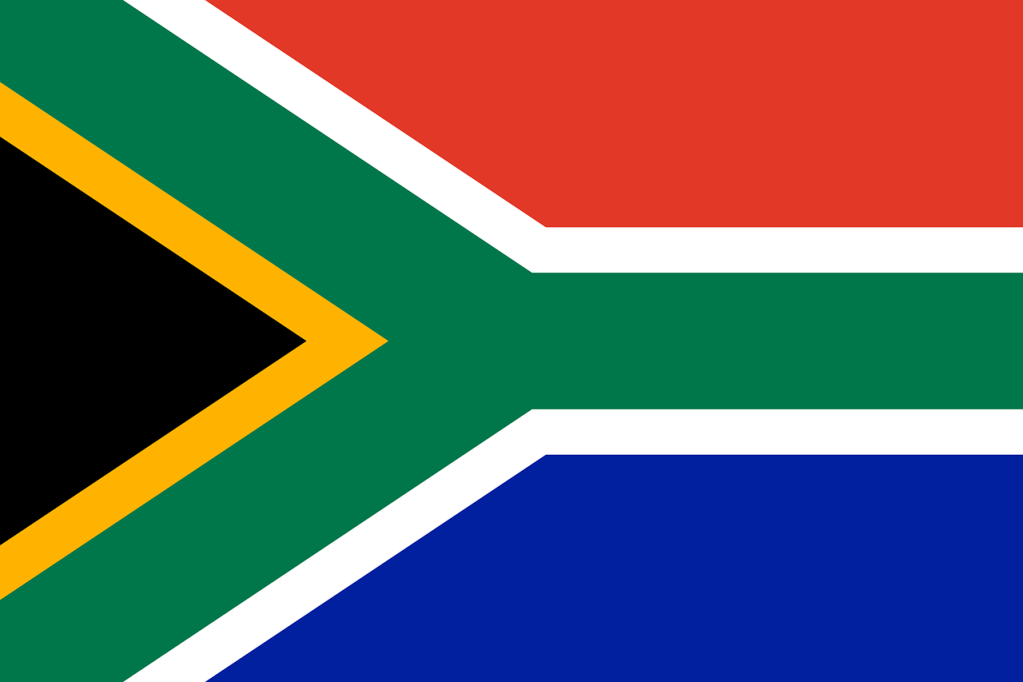
Zimbabwe (Formerly known as Southern Rhodesia)

The next two entries are rather unique, because these countries didn’t just change their flag, but also their name. From 1895 to 1990, Southern Rhodesia was the name of this Southern African country. It had been a British colony 2 and over the years it was known as Southern Rhodesia, the Republic of Rhodesia, Rhodesia, and finally Zimbabwe Rhodesia; with a white minority government.
This changed when the country gained its independence from the United Kingdom in 1980, but also with a black majority government. Because of this, the country changed it’s name to Zimbabwe and the flag; to greater reflect and honour their African heritage.

Myanmar (Formerly known as Burma)
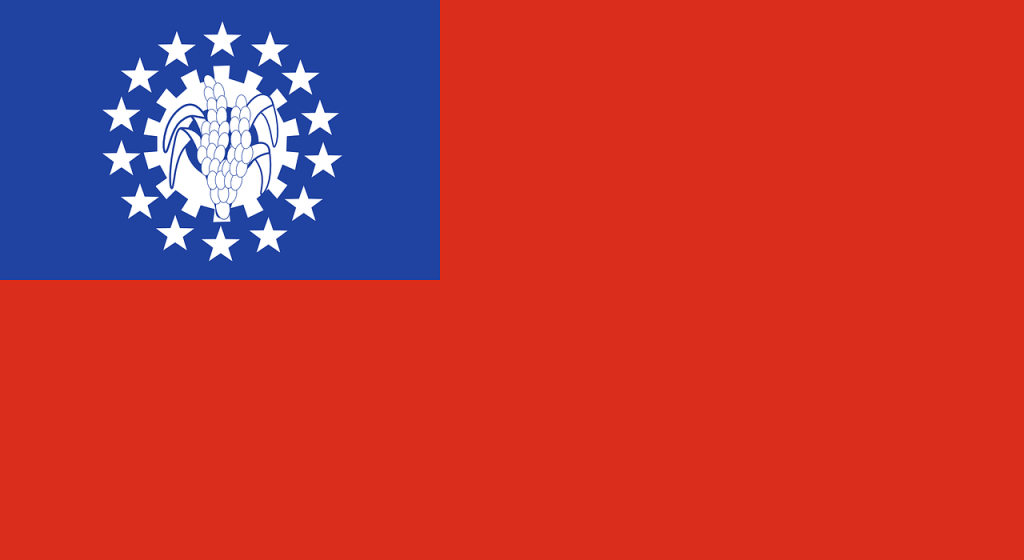
Image by Clker-Free-Vector-Images from Pixabay
Just like Zimbabwe, Myanmar has a troubled past. It has been part of the Pagan Empire, a British colony 3, been ruled by the military, and littered with civil wars. Having won its independence from the United Kingdom in 1948, the country was known as the Union of Burma. Fast forward to 1988, where the country received an updated version of their old flag.
After some voting, social, and economic reforms from the military junta, the country stepped into a new era. It was given a new name for three reasons:
1.) Myanma is the official name of the country in the native Burmese language.
2.) It was thought that the name Myanma was more inclusive of minorities than the name Bama.
3.) The military junta had long been suspicious of the casual Burmese language, which it had perceived as inferior; the English name “Burma” mirrors the Burmese name Bama.
Because of these reasons and others, a new flag was adopted in 2010.

Image by Adam Lapuník from Pixabay
And that’s a wrap from me. I realise I missed many other flags, but are there some I should have listed? Please let me know your thoughts.
Thanks for letting me share my love of vexillology, because there is no known cure. Anyway, I’m off to persuade my dog to sleep somewhere else, other than my pillow. Read some banned books, eat some ice cream, and I’ll see you next Monday.
1 Pun very much intended.
2 To nobody’s surprise.
3 Oh no, not again!

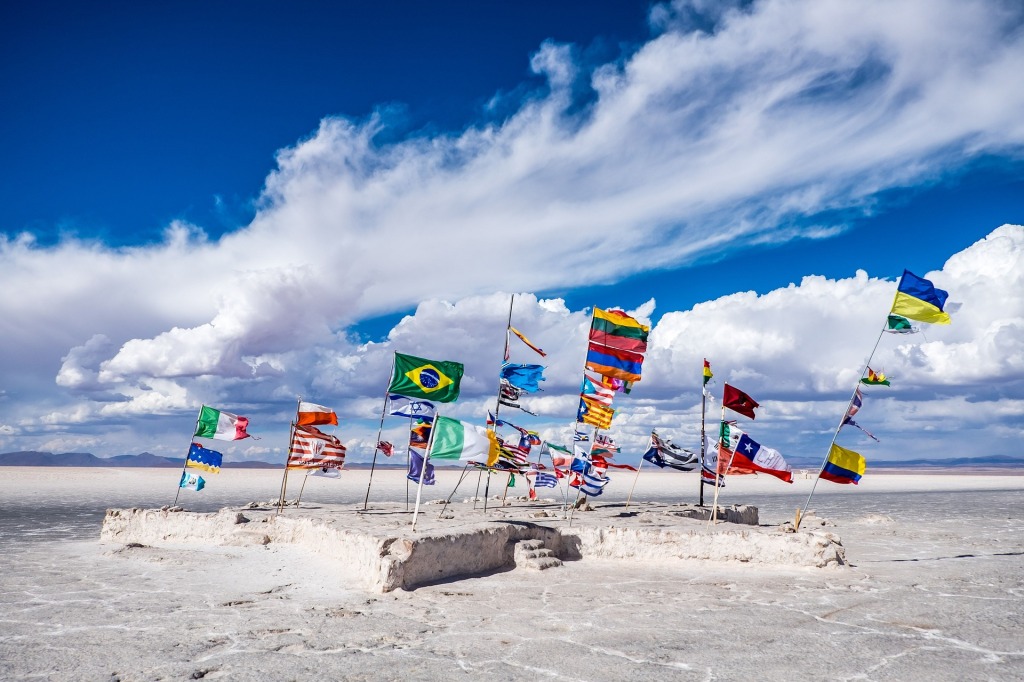
You must be logged in to post a comment.